Names of Armenian enterprises polluting environment announced - LIST
The names of the Armenian enterprises polluting the environment were announced,SİA informs, citing an open letter addressed by the civil society organizations of Azerbaijan to the Prime Minister of Armenia, Nikol Pashinyan, on the violation of ecological sustainability in the South Caucasus region by the mining industry of this country.
The enterprises are the following:
1. Chromium, nickel, copper, molybdenum, zinc, aluminum, vanadium, lead, and other heavy metal-containing mining wastes from the Zangezur Copper-Molybdenum combinate in Gajaran and the mining combine in Gafan are polluting the Okchuchay and Araz rivers. 60% of Zangezur Copper-Molybdenum Combine's shares are owned by Germany's “Cronimet Mining GmbH". An average of 20 million tons of ore is processed here during the year without following any environmental norms. The 270-million-square-meter Artsevanik reservoir, which is the mine tailings pool of the combine, is a big threat to the entire region;
2. Since 2019, the Gafan mining complex has been part of the British company "Chaarat Gold International Limited" and is currently called "Chaarat Kapan". During the year, an average of 1.3 million tons of ore is processed here. The Gutgum (Qeganush) mining waste deposit, which covers an area of 4.6 million square meters within the Gafan mining complex, poses a threat to the region;
3. Mining waste containing heavy metals from Akarak (Agarak) Copper-Molybdenum Combine also poisons the Araz River through Karchivanchay. The US company "Comsup Commodities" bought all the shares of the combine and became its full shareholder. During the year, an average of 4 million tons of ore is processed here. According to the information, approximately 36.8 million cubic meters of hazardous waste in the Davazam waste warehouse of the combine are collected. The water from the waste reservoir flows into the transboundary Araz river;
4. During the occupation, the Armenian authorities illegally put the Zod (Sotk) field of Kalbajar, located on the border with Azerbaijan, into the full exploitation of the "GeoProMining" company. In 2009, 320,500 tons, 490,000 tons in 2010, and 880,000 tons in 2011 were processed in Davali (Ararat) gold processing plant. As a result, the Zod (Sotk) River near the mine was polluted with heavy metals such as copper, iron, cadmium, and molybdenum. Considering that the polluted Zod (Sotk) River flows into the Kur River, this is a great threat to the lives of millions of people. In 2018, the European Court of Human Rights issued a decision regarding the violation of ecological balance rights by Armenia for polluting the region by allowing the operation of this mine;
5. European Court of Human Rights issued six decision against Armenia on February 14, 2019, found the exploitation of illegal mining industry on the lands of the residents of the villages of Shinikh (Shnogh) and Tugut (Teghout), who appealed to the court, and in this regard, the Armenian government was requested to pay compensation in the amount of 69,400 euros to the affected villagers;
6. The Dashdam (Dashdam) Gold Mine in Goyce (Sevan) produces about 10,000 ounces of gold per year. Mining continuously pollutes the local water supply. A high concentration of heavy metals such as arsenic and mercury, harmful to human health and the environment, was found in the mine's wastewater. The mine's wastewater poisons nearby rivers, including the main source of fresh water, the Barghushad (Vorotan) River. Barghusad (Vorotan) river flows into Araz river. The mine is managed by the Canadian company "Lydian International";
7. Akhtala mine in the Lori region of Armenia produces about 5 thousand tons of copper and lead per year. A high concentration of heavy metals such as copper, lead, and zinc harmful to human health and the environment was found in the mine's wastewater. The mine is managed by the "Metal Prince" company. Wastewater from the mine pollutes the nearby Tona (Debed) river. That river flows into the Kur river. Akhtala mine was closed in 2017 due to environmental problems. However, in 2020, the mine was restored for operation;
8. Gafan Manganese Plant is one of the largest manganese plants not only in Armenia but also in the world. The plant produces manganese ore, manganese dioxide, and other manganese products, with an annual output of about 1.5 million tons of ore. During the extraction and processing of manganese ore, heavy metals, dust, and other pollutants are released into the air and water. These pollutants cause a number of health problems, including respiratory problems, neurological diseases, and cancer. The plant also significantly pollutes the nearby Barghushad River, an important source of drinking water for the South Caucasus region;
9. Eller (Gotayq) plant is a metallurgical plant that produces copper, zinc, and lead. The factory contaminates Arpachay river with heavy metals such as copper, lead, and cadmium that have a negative impact on human health. The plant produces large amounts of air pollution, including sulfur dioxide, nitrogen oxides, and particulate matter. This pollution adversely affects human health, causing respiratory problems, heart diseases, and other serious diseases. The factory discharges its wastewater to Arpachay, the main source of drinking water. A large amount of solid waste rich in heavy metals generated in the factory pollutes the soil and seeps into the groundwater;
10. Goyche (Gegharkunik) Copper Smelting Plant is one of the main copper smelting plants in Armenia. It produces about 100,000 tons of copper per year. The plant belongs to the "GeoProMining" company of Armenia. The plant emits large amounts of sulfur dioxide and other pollutants into the atmosphere, causing air pollution and acid rain. The factory discharges its wastewater to Arpachay, the main source of drinking water. Arpachay, in turn, carries pollutants to Araz. Sewage water destroys aquatic life in Arpachay. Goyce (Gegharkunik) Copper Smelting Plant is a source of great danger to the environment and human beings;
11. The construction of a new metallurgical plant in Arazdeyan (Yeraskh), which is being built against the requirements of environmental norms and international conventions, should also be stopped. The potential impacts of toxic chemical waste from this metallurgical plant on the local ecosystem could be enormous. The discharge of waste into the Araz River means a tragedy for the creatures living in the river and for the large farms that use the Araz water for irrigation. This impact on drinking water supplies can also lead to the spread of infectious diseases in border areas. This will create a serious public health crisis for both Azerbaijan and Armenia;
12. Mining wastes containing heavy metals formed as a result of the operation of the Amuldagh (Amulsar) gold deposit, whose activities have been protested many times by international organizations, are also being discharged into the Bargushad (Vorotan) River and polluting the Araz River through the Hakari River. The gold mining industry has caused environmental pollution that transcends national borders. Thus, the mine leaves behind a large amount of waste rock and waste piles, which pollutes the soil and leads to a high acceleration of the erosion process in the mountains. Such exploitation of the Amuldagh (Amulsar) gold deposit is a serious threat to the region surrounded by the Caucasus mountains and its population;
Amuldag field is located 13 kilometers away from the city of Istisu (Jermuk) which is a natural mineral water. The deposit is also located in the area between Arpachay and Bazarchay. Both rivers pass through the territory of Azerbaijan and flow into the Araz river. The use of toxic substances, which have been banned for a long time in the exploitation of the Amuldag field, which pose a high threat to the environment, destroys nature, causes acidification of river waters, and water poisoning. In addition to gold mining polluting the waters of this river, it also has a negative impact on the ecosystem of Lake Goycha (Sevan), which is the largest freshwater lake in Armenia, located near the area.
At the same time, this industry poses a serious threat to the Caspian Sea basin. Arpachay and Bazarchay, which flow from the territory of the Nakhchivan Autonomous Republic of the Republic of Azerbaijan, flow into the Araz River and from there into the Caspian Sea. Thus, it seriously damages the ecology of not only Azerbaijan but also Iran, as well as other Caspian countries.
The gold deposit is operated by the "Lydian Armenia" company. The full shareholder of this company is "Lydian International" of Great Britain. The main shareholders of the company are "Orion Mine Finance" (USA), "Resource Capital Funds" (USA), "Merk Investments" and "Tocqueville Asset Management LP".
Azerbaijani civil society organizations call on Armenia to immediately stop the activities of these enterprises that are seriously damaging the ecosystem in the region.
Bütün xəbərlər Facebook səhifəmizdə


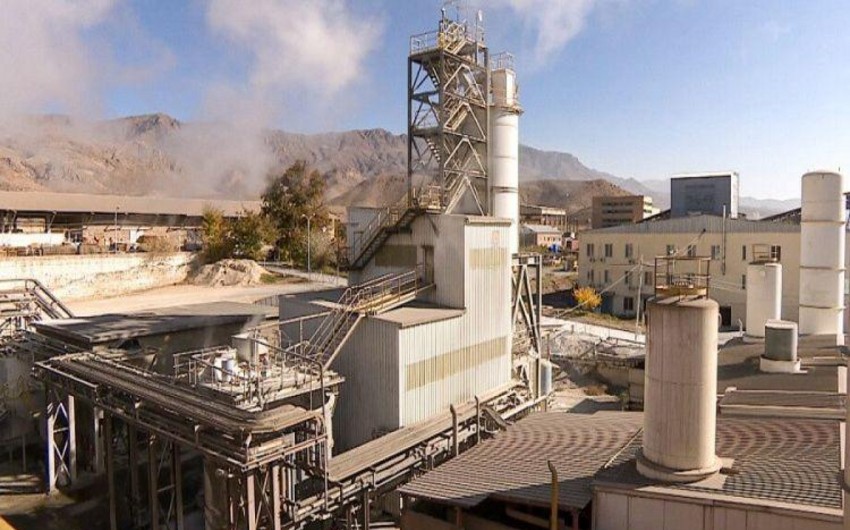


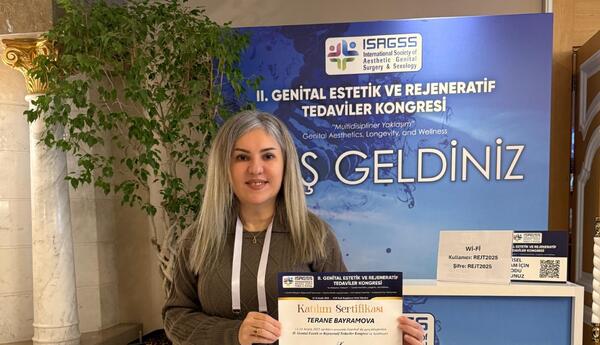
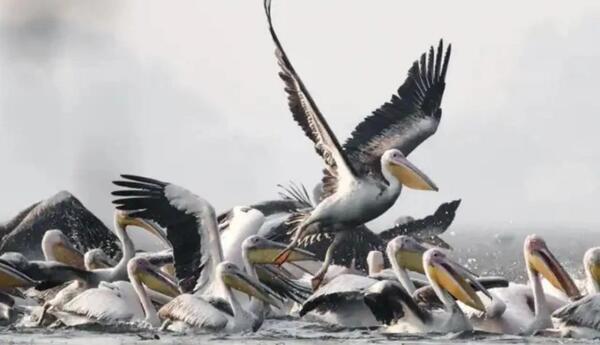


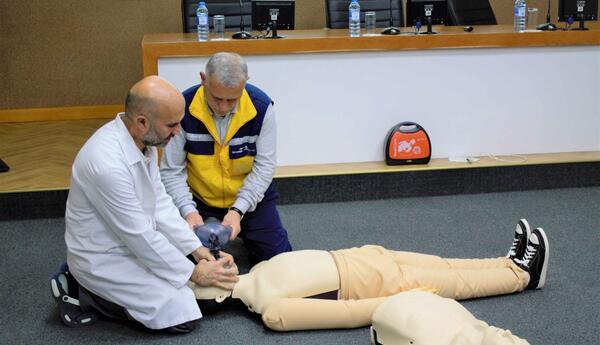

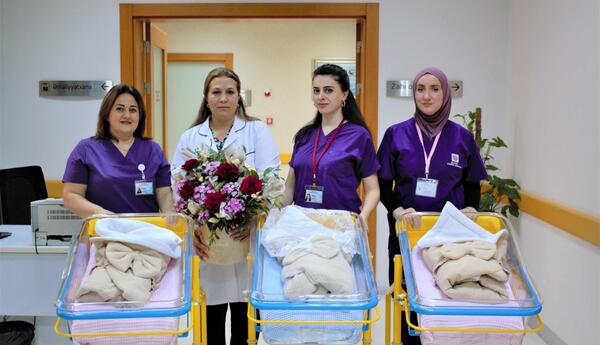
.jpg)
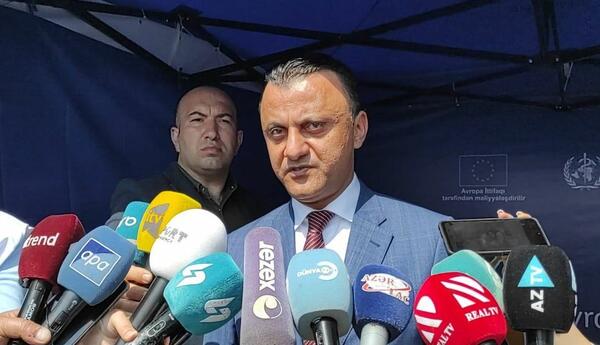


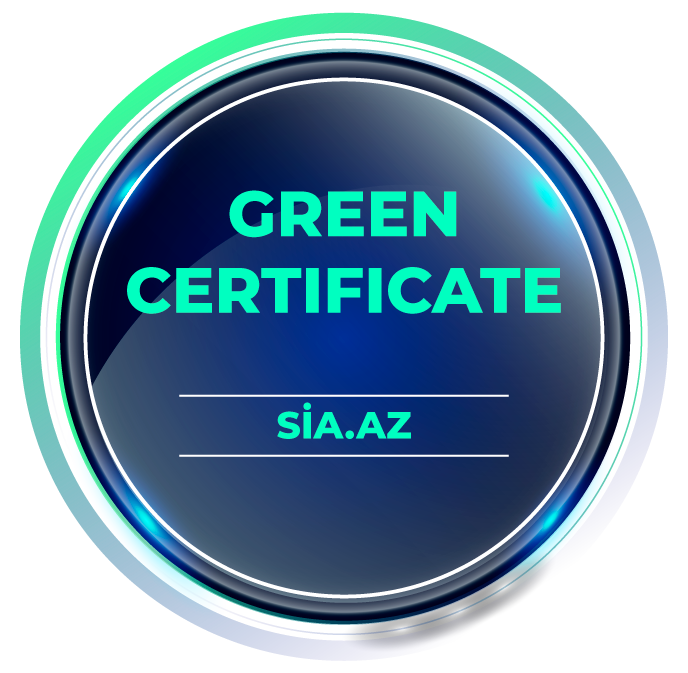






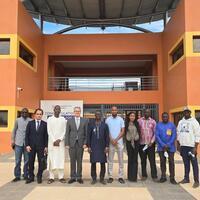

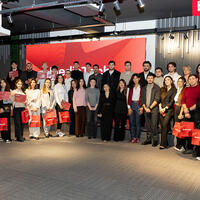

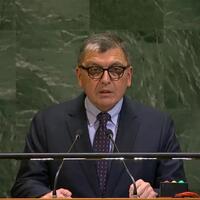
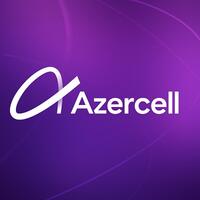


 USD
USD
 EUR
EUR
 GBP
GBP RUB
RUB
